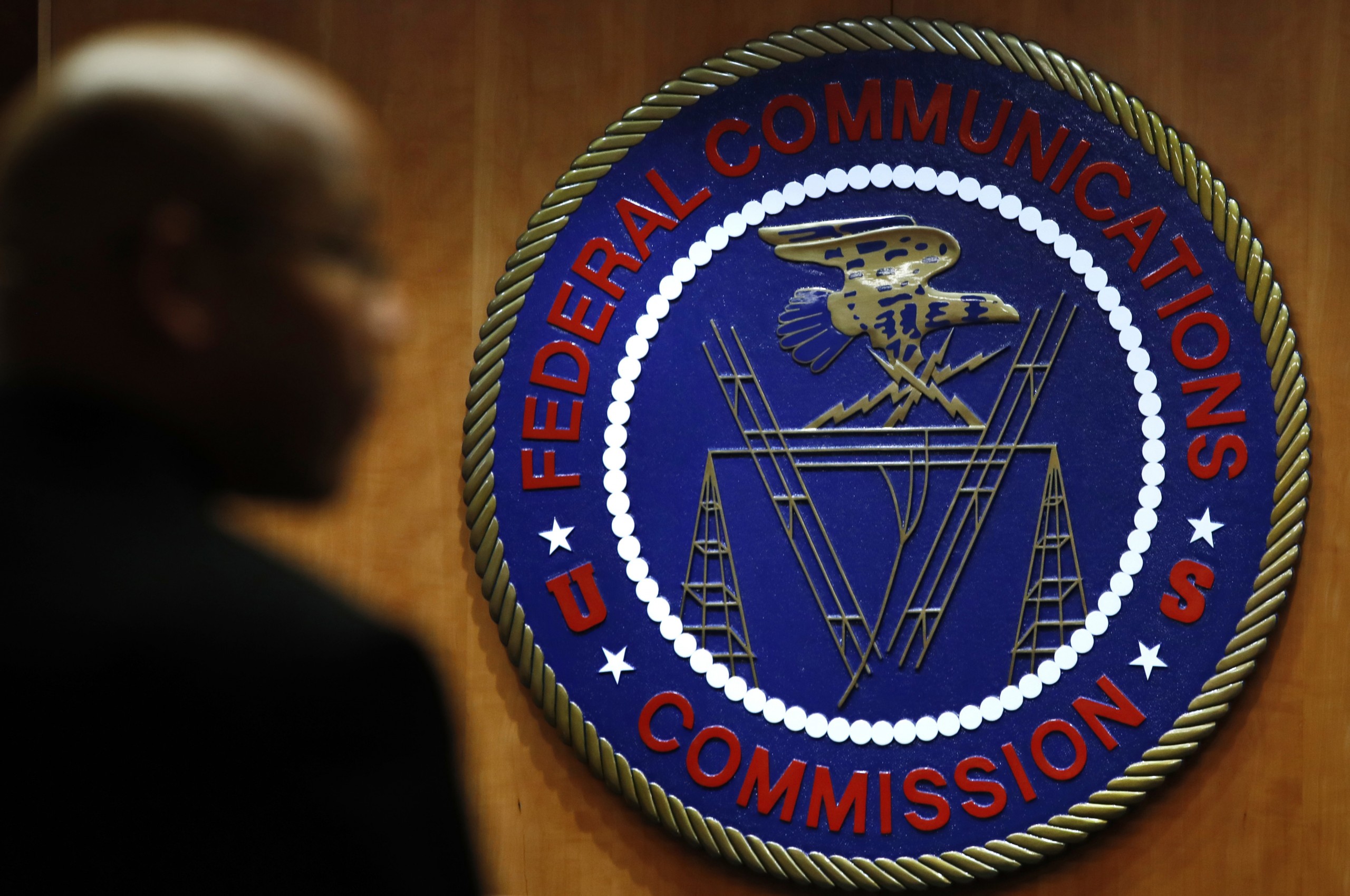Funding shortfall forces FCC to cut internet subsidies
INDIANAPOLIS (WISH) — According to the Federal Communications Commission, nearly 23 million American households could face a steep rise in their monthly internet costs.
Congressional funding for the Affordable Connectivity Program will be starting in May. Those cuts could have a huge impact on low-income and rural Hoosier families. Hugh Odom, Telecoms Expert and Founder and President of Vertical Consultants joined Daybreak’s Jeremy Jenkins to explain.
What is the ‘Affordable Connectivity Program’?
“The affordable connectivity program was started back in the start of 2022. The reason being is as we learned during the COVID era that we rely very much on business applications, educational applications, and more particularly telehealth applications on connectivity to the internet wireless service, etc.,” Odom said.
Through the program, lower-income and mostly older Americans customers received a $30 discount on their internet services. According to White House data, in Indiana, 425,968 households – 1 in 6 households in the state – are saving money on their internet bills because of the Affordable Connectivity Program.
“In about a month or so, you’re going to lose that funding. And as a result, many people are not going to be able to have that connectivity to the internet,” Odom said.
Securing Funding
With millions of people relying on this program, Odom says there are two avenues to secure funding to continue the program.
“One, there’s a push, a bipartisan push to get this funding extended a $7 billion extension that would help this and keep up that, that subsidization available for low-income and older people across the United States,” Odom said.
Odom says the second avenue is through efforts from the FCC to push carriers to reduce rates and provide gap coverage.
“I don’t know if that’s going to happen… What may happen is you’ll see a lot of these carriers, wireless carriers, etc. going out and offering a discount service. But with a discount service, you may get a lot less availability to certain aspects of your internet that you have right now,” Odom said.
For the full conversation, click here to watch the full interview.
